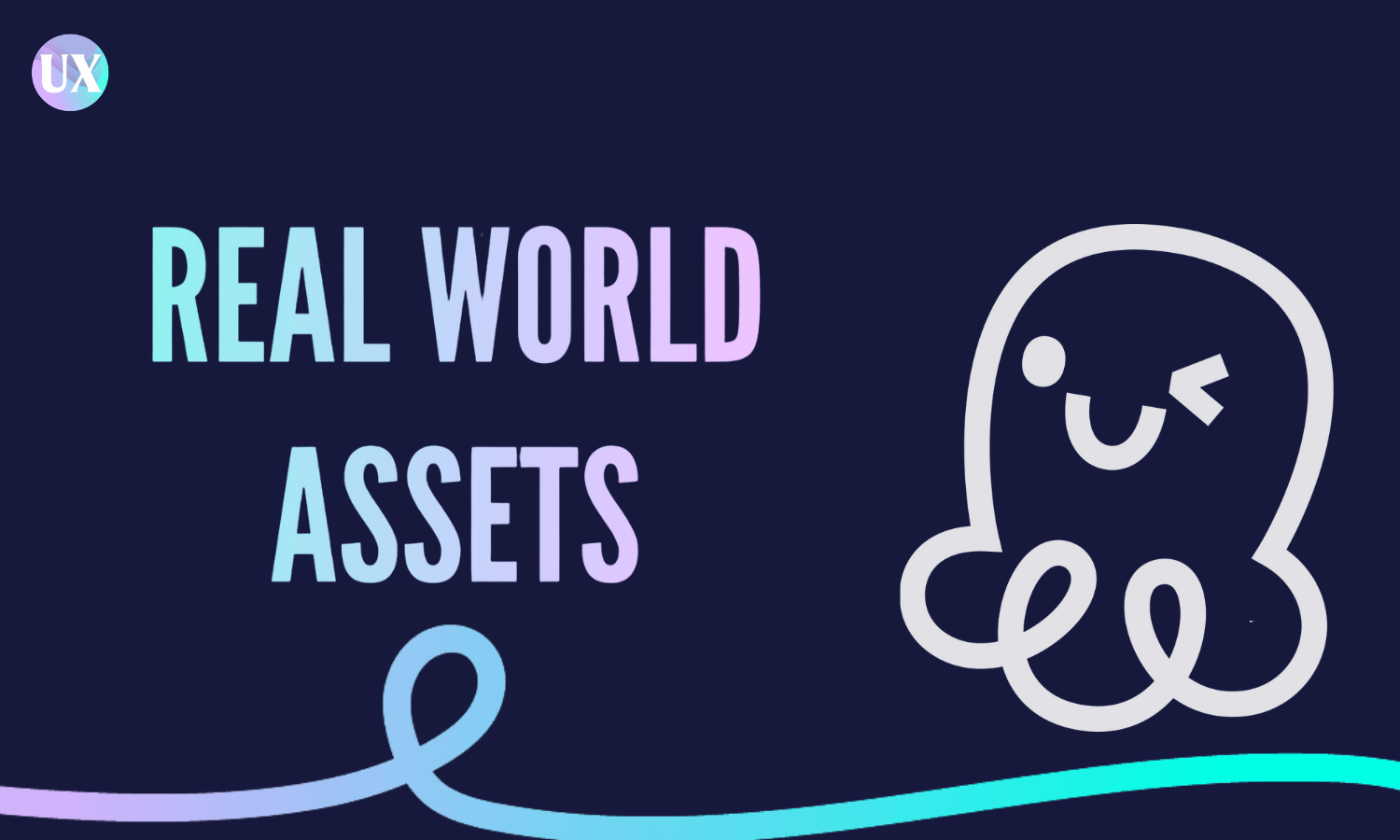What are the Real World Assets?

TLDR;
The cryptocurrency landscape has witnessed a remarkable evolution, expanding its reach beyond digital tokens to encompass real-world assets (RWAs). This convergence between the physical and digital realms has opened up a new frontier in finance, offering new opportunities for investors and businesses alike.
What are Real World Assets?
Real-world assets (RWAs) are tokens that represent traditional financial assets on the blockchain. These assets, represented as tokens on the blockchain, can be tangible or intangible and encompass a wide spectrum of traditional financial instruments.
Types of Real-World Assets:
- Tangible assets: These are physical assets with inherent value, including but not limited to:
- Real estate: Properties, lands, buildings, or developments.
- Commodities: Precious metals, agricultural products, oil, etc.
- Art and collectibles: Rare artworks, collectible items, etc.
- Intangible assets: These assets are abstract financial instruments:
- Bonds: Debt instruments issued by governments, businesses etc.
- Carbon credits: Tradable certificates representing the right to emit greenhouse gasses.
Also read: What is Cross Chain DeFi?
Significance and Competitive Edge in Finance:
The integration of real-world assets into blockchain-based systems provides several advantages:
- Inclusivity and accessibility: Tokenization allows fractional ownership, enabling broader participation in investments that were traditionally exclusive due to high entry barriers.
- Transaction efficiency: By representing real-world assets as tokens on a blockchain, transactions become more operational efficient, leading to increased liquidity and reduced settlement times.
- Intersecting traditional and decentralized finance: RWAs in the form of security tokens bridge the gap between traditional financial markets and the decentralized finance (DeFi) ecosystem, offering a familiar asset class within a technologically advanced framework.
The Tokenization Process:
Tokenization serves as the bridge between physical assets and their digital representation on the blockchain. The process involves several steps:
Asset evaluation and legal framework: Before tokenization, there's an evaluation of the asset's value, legal status, and the establishment of terms. This often includes defining ownership rights, revenue distribution models, and regulatory compliance.
Smart contract development: Once terms are established, smart contracts are created. These contracts, coded on the blockchain, define the rules and conditions governing the tokens. They outline ownership rights, transferability, and any associated functions like dividends or voting rights.
Minting tokens: The next step involves minting or creating the tokens according to the established terms. These tokens represent fractional ownership of the underlying asset. Each token corresponds to a specific portion of the asset's value.
Listing tokens: After creation, tokens can be listed on decentralized exchanges (DEXs) or DeFi platforms for trading and investment purposes.
Also read: Interchain Security Explained
RWA Growth and Outlook:
The real-world asset (RWA) market within the decentralized finance (DeFi) landscape has shown promising growth and potential:
Increasing Total Value Locked (TVL): The TVL of RWAs within DeFi has experienced substantial growth. From being the 13th largest sector with a TVL of $1.3B in June 2023, RWAs have ascended to the eighth position by September 2023, indicating rapid adoption and increased trust in these protocols.
Rising number of token holders: The number of individuals holding RWA tokens has seen a significant surge. Over the past year, the count has more than doubled, showcasing growing interest and participation in RWA-based investments. As of September, 2023, the number of token holders has reached over 43.4K, reflecting continued momentum in adoption.
Conclusion
Tokenization of real-world assets stands as a beacon of promise within blockchain technology, showcasing enhanced transparency and operational efficiency. This innovative approach presents a credible alternative to the traditional methods, drawing early interest from institutional players seeking solutions to existing inefficiencies. For crypto investors, the integration of real-world assets expands investment exposure beyond the crypto ecosystem, adding stability to decentralized finance while diversifying collateral options. As this landscape evolves, the ongoing innovation in asset tokenization remains a dynamic space to watch, promising continued growth, resilience, and the ongoing transformation of the financial landscape.
